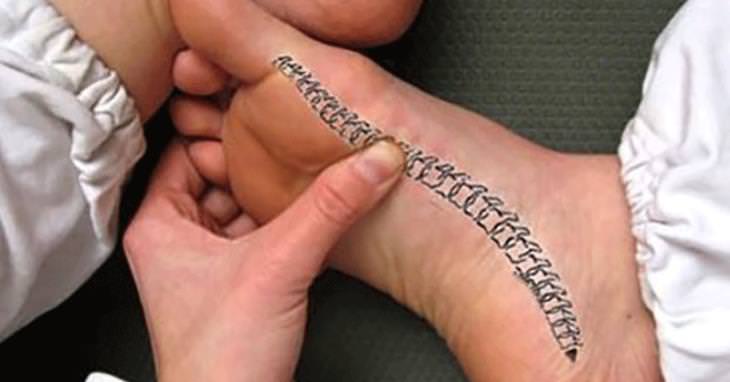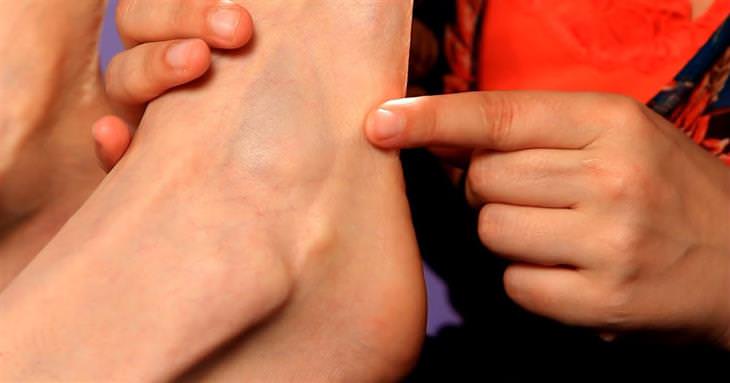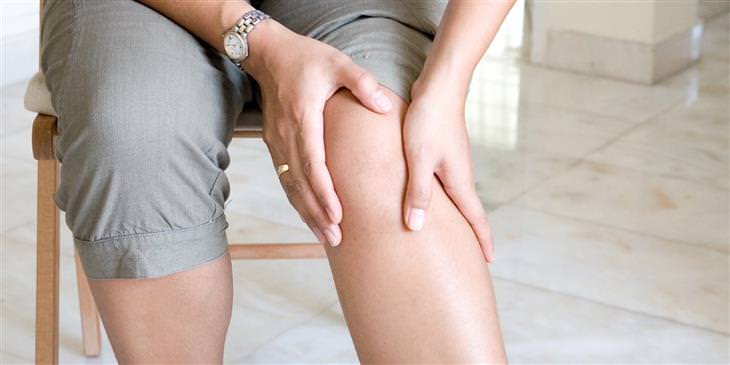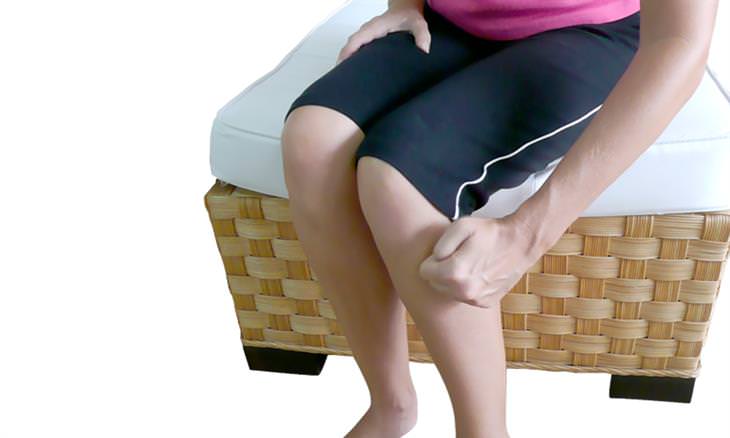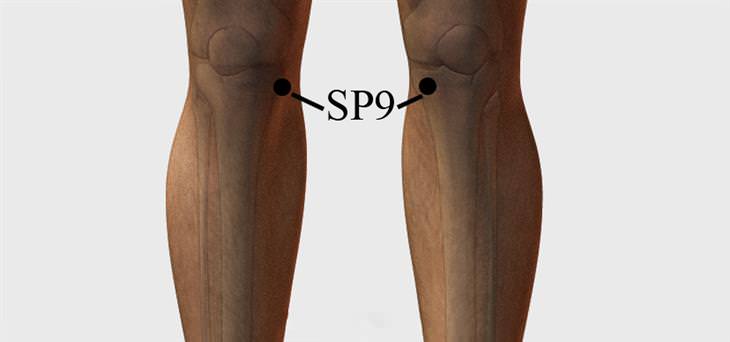Knee pain is very common nowadays, and almost everyone struggles with it at some point in their lives, regardless of age. Usually, we endure this pain quietly, but you can easily get rid of it with reflexology and massage techniques that, among other things, help the body release calcium deposits and reduce the nagging pain. If you ignore the knee pain you're suffering from, you may develop other problems in the future that will affect your daily functioning, so it's recommended to treat this nuisance as early as possible. Until you consult a doctor for appropriate treatment, you can reduce pain caused by osteoarthritis, bursitis, tendonitis, and injuries to cartilage and ligaments using the following 6 pressure points as well as a great tip at the end of the article.
1. Spinal Reflex
The spine supports the entire body and helps reduce the weight that burdens the knees, and this point strengthens it and consequently the support your knees receive. You will find the point on the inner side of the foot, and it extends along its entire length from the heel to the big toe. Hold the foot with one hand and move your thumb along this line back and forth for 10 minutes.
2. Knee Reflex
Massaging this point helps strengthen the knee joint and accelerates the body's recovery from injuries in that area. You can find it about 2.5 cm below the ankle bone and identify it by the hollow in the area. Place your thumb on it and move it up and down while applying moderate pressure. Massage the point for about 5 minutes, and if you do this daily, you'll get rid of the pains that trouble you due to various injuries.
3. Calf's Nose
Massaging this point will help you reduce knee pain accompanied by a stiffness that hinders smooth and continuous movement. You can find it on the lower outer part of the kneecap—massage it with your fingers in circular motions for 3-5 minutes while applying moderate pressure.
4. Nourishing Valley
Massaging this point will help you effectively get rid of knee pain, and at the same time, it will help soothe nagging stomach aches. To massage it, you need to place two fingers on the "Calf's Nose" point mentioned in the previous section and move them back and forth in the "valley" below it, on the outer side of your upper shin, from point A to point B shown in the picture. Apply slight pressure for 5-7 minutes, and if you do this 3 times a day, you'll feel relief in your knee pain.
5. Three Miles
After massaging the Nourishing Valley, move on to the Three Miles point located in the same area, in the hollow below the kneecap and on the outer side of the shin bone, slightly below the Calf's Nose point. Press it with your index and middle fingers for 5 minutes, and not only will it reduce knee pain, but it will also strengthen your entire body.
6. The Shaded Side of the Mountain
This pressure point is used to heal many issues, including water retention in the body and swelling of organs, leg pressure, muscle cramps, prominent veins, edema, and of course, knee pain. You can find it on the inner side of the knee below the bone protrusion. Place your index and middle fingers on it and apply moderate pressure for 10 minutes. If you start feeling discomfort, make sure to release the pressure every 2 minutes for a few seconds. If you begin to feel discomfort, be sure to release the pressure every 2 minutes for a few seconds.
An Additional Tip for Relieving Knee Pain
After massaging these pressure points, you can further alleviate knee pain with a mixture of rosemary and eucalyptus oils. Fill a large bowl with tap water and drop into it 5 drops of rosemary oil and 5 drops of eucalyptus oil. Soak 2 towels in the mixture you prepared for 5-10 minutes, wring them out, and wrap them around your knees.
Relief from knee pain depends directly on the pressure you apply to these points, but also on the severity of the pain you are experiencing. Be patient and massage these points regularly every day, and you will soon feel relief from knee pain. Remember that reflexology and the use of pressure points are complementary treatments and not a substitute for your doctor's treatment, so you should consult the appropriate professional if you experience persistent problems and pains in your knees.

